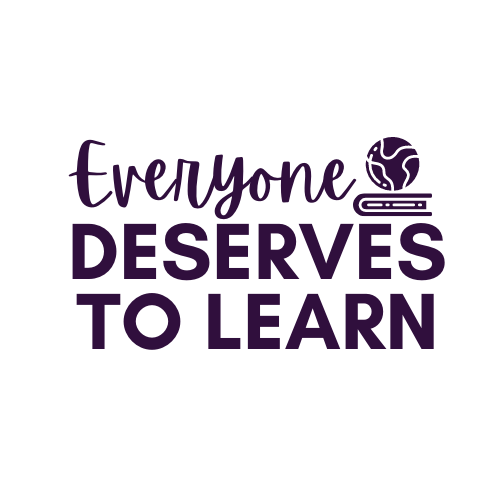New to ESL? Here's What to Do First! (Part 1)
Brand new pencils, unbroken crayons and fresh clean notebooks signal the beginning of a new school year. But if you're in a new position, all you may be thinking is, "What do I do first?!" I know that feeling very, very well! In this series, I'll give you a general rundown that may make your next few days and weeks a little easier and set you up for an effective school year.
Step 1: Gather a list of existing ESL students and exited ESL students
You'll need this to create a schedule of services later on.
Step 2: Gather a list of any NEW students to the building
Hopefully your district collects Home Language information upon registration. If so, you can use that information to identify students who may be in need of language services. If not, you will have to visit or contact each teacher to identify any potential need for services. In the case of no Home Language Survey, consider making one for any new entries to school after the first day. (This may have to be approved by administration/the board of education.)
A home language survey can be as simple as this:
Name of Student: _____________
Was your child born in the US? ____ If not, where? ________________
Is English the primary spoken language in your home? _________
Does your child speak/understand any other languages? ___________
Step 3: Get ready to test incoming students for eligibility
Once you have identified any new students who may be eligible for language services, you have to (HAVE TO!!) test them to determine language proficiency. A simple "My child speaks Spanish at home" is not enough to warrant language services. Many states require multiple measures of identification, and should an audit be conducted, you'll need to prove your rationale for including the child in language services.
Now that you're ready to test, what test should you use? If you are a WIDA state (click to check) you can use the W-APT (free!!!) or the MODEL. Either test will give you a mostly accurate measure of language proficiency. At this point in my career I'm only familiar with WIDA measures and products, but I do know that other states have their own testing systems which you will want to explore.
Step 4: Test new students, determine eligibility
 |
| Photo courtesy of morgueFile. |
You will need to contact the students' homeroom teachers to find out their schedule and an appropriate time to test. In my experience, testing can take anywhere from 5 minutes to 40 minutes, depending on proficiency. Please don't take students out of lunch or recess, though...those first few days on the playground can be formative when it comes to making friends!
*It may be helpful to spend a few minutes or a period in the classroom observing the student before testing- this will give you an idea of their general language proficiency in the classroom.*
*It may be helpful to spend a few minutes or a period in the classroom observing the student before testing- this will give you an idea of their general language proficiency in the classroom.*
Once you've tested, you'll need to score the test, then compare it to your district's or state's mandate for eligibility. You can usually find that information on the DOE website.
Step 5: Legal requirements
If your school or district accepts Title I or Title III money: you MUST! (and I say MUST because it's IMPORTANT!!!) send a letter home to parents notifying them of their student's eligibility and their impending change in programming.
 |
| Photo courtesy of morgueFile |
Simply search for "Title III parent notification letter" and you'll find plenty of examples. Keep one copy in the student's file in case of audit. In some states, parents have the right to opt-out of language services, even if the student is eligible- it's your legal responsibility to give them that option.
That's a lot to do for the first week! In Part 2, I'll talk about creating a schedule, collaborating with teachers, and monitoring students who have exited.
If you have any questions about what to do the first few days, please leave a comment or send me an email- I'm happy to help!


